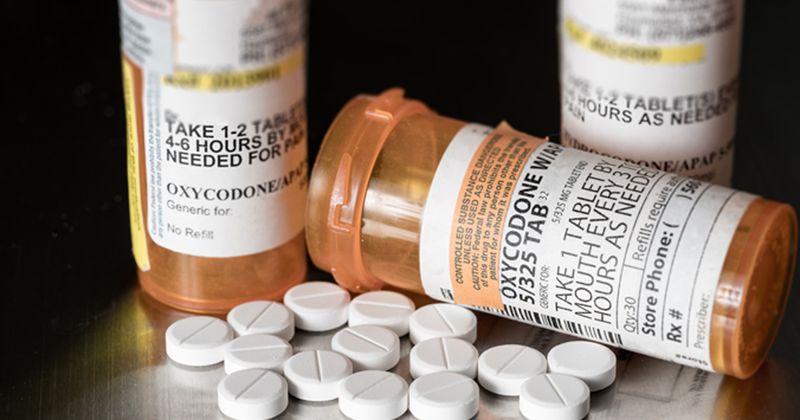Patients with opioid disorders had increased resource utilization after hip arthroscopy
Key takeaways:
- Patients with opioid-related disorders had increased health care utilization rates vs. patients without this condition.
- Patients with such conditions undergoing hip arthroscopy should be counseled accordingly.
Results showed patients with opioid-related disorders had increased rates of ED visits, hospitalizations and opioid and antidepressant prescriptions compared with patients without the condition, despite similar rates of adverse events.
Researchers used the TriNetX database to analyze two 1:1 propensity-matched cohorts of 809 patients with an opioid-related disorder and 809 patients without the condition who underwent primary hip arthroscopy from January 2015 to December 2020.

According to the study, outcome measures included adverse events and medical resource utilization at 90 days postoperatively, new opioid and antidepressant prescriptions at 1 year postoperatively and revision surgery at 2 years postoperatively.
Overall, researchers found similar rates of adverse events at 90 days between patients with opioid-related disorder (1.7%) and patients without opioid-related disorder (1.5%). They also found similar rates of 2-year revisions between patients with opioid-related disorder (9.3%) and patients without opioid-related disorder (8%).
However, researchers found patients with opioid-related disorder had higher utilization rates for ED visits, inpatient admission, outpatient visits and physical therapy evaluation compared with patients without opioid-related disorder. They also noted patients with opioid-related disorder received a greater amount of new opioid (OR = 2.66) and antidepressant prescriptions (OR = 1.58) compared with patients without opioid-related disorder.
“[Opioid-related disorder] ORD patients electing to undergo hip arthroscopy should be counseled accordingly based on opioid use and history of mental health disorders,” the researchers wrote in the study.

